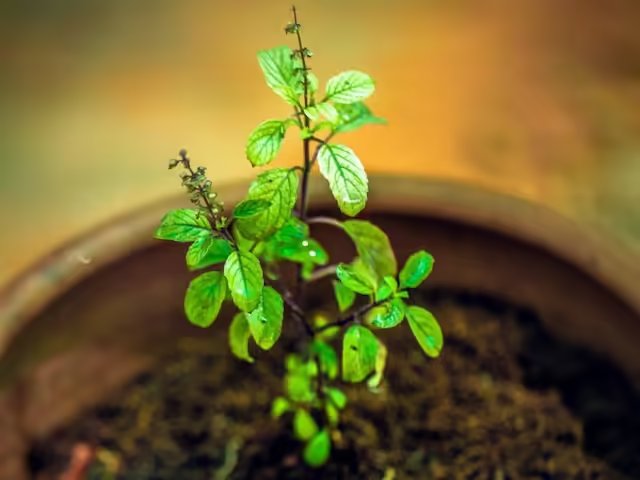The monsoon season is very pleasant and relaxed. In this season, greenery is also at its peak. Only after the drops of rain, a new life comes in trees and plants. But sometimes during the rainy season, some people start withering or drying up instead of getting green. If this is happening with your plants, it may be the result of some mistakes.
Because many people believe that plants do not need much care during the monsoon, but this thinking can prove to be the biggest mistake. In the rainy season, moisture increases, sunlight gets less and the soil becomes wet again and again. All these also affect the plants. So let us tell you in this article that due to which mistakes your plants are drying up and how can you make them green?
Do not shed water in the soil
The most common problem in the rainy season is to give excess water ie too much wet of soil. If the soil remains more wet, the roots of the plant begin to rot. Therefore, it is important not to check the holes for drainage of water in the pots and do not allow it to be filled. Also, use sandy soil for plants.
Understand the effects of low sun
Sun is low in monsoon, so plants do not get enough light. This reduces their photosynthesis capacity and makes them weak and dried. Therefore, keep plants in the monsoon where there is more sunlight.
Water at the wrong time
Plants already get water due to monsoon rains. Therefore, plants do not need much water in this season. Because giving too much water can rot the roots and become weak. Give water only when the soil looks dry.
Cleaning and harvesting leaves
During the rainy season, the leaves often get fungi or mildew. In such a situation, if the leaves are not harvested from time to time, they can rot the plant completely, so that it also starts drying up. Therefore, keep cutting the leaves from time to time or keep cleaning with lukewarm water.
Put the pot in a wrong place
The moisture in the air increases during the monsoon. In this case, avoid placing the plant in a moist area. Place the pots in the open space so that they can get enough air and ventilation. This will protect them from the risk of fungal infection.










